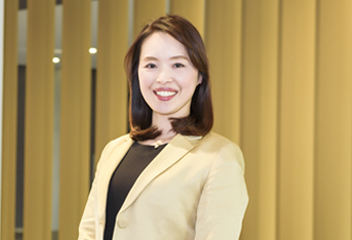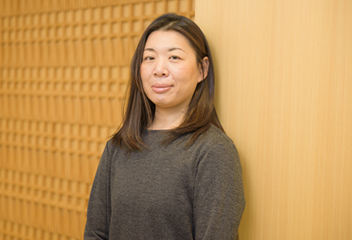- Dig2 Next TOP
- Interviews
- Optimizing the Multi-Service Provider Environment with SIAM™
Optimizing the Multi-Service Provider Environment with SIAM™
EXIN BCS Certified SIAM™️ Training

Europe and the United States are seeing an acceleration of the shift to the SIAM™ (Service
Integration and Management) model in ITSM (IT service management), and Japan is
experiencing a similar trend.This transition was caused by the fact that almost all companies
have started building their IT environment by combining services from multiple providers,
including cloud services, IT outsourcing, communication services, service desks, and
managed services. It is not an exaggeration to say that the most critical issue for IT
organizations today is how to manage the increasing complexity of a multi-service provider
environment.
ITIL® is widely known as ITSM practice, but ITIL®-based ITSM focusing on a single service
provider with suppliers would not optimize the multi-service environment. That is because it
is very likely to have difficulties in risk management and to tend to waste cost and resources
due to the inadequate cooperation between service providers.
Consequently, SIAM™ has emerged as a new management practice, primarily overseas.
SIAM™ takes the traditional ITIL®-based ITSM and adds a new layer called ‘service
integrator’ to incorporate governance and service integration between multiple providers. This concept makes it possible for a company to provide
services adapted to their business needs by building a flexible ecosystem, where multiple services are optimized through governance by following the
corporate strategic direction.
It is obvious that the speed of digitalization is not slowing down, and the environment is becoming more complex with the large number of service
providers. That is why more companies are trying to adopt SIAM™ as a solution to integrate services with optimizing the costs and services.
Potential of SIAM™ to enhance ITIL® with the times
The concept of SIAM™ was developed based on ITIL®, so the practices of SIAM™ and ITIL® cannot be implemented separately. The key of enhanced
ITSM is to continue to have ITIL®-based service management within a single service provider and to utilize the SIAM™ practices for managing multiple
service providers.
SIAM™ is a framework for achieving end-to-end service quality improvements in multi-sourcing environment from the perspectives of governance,
integration, coordination, and warranties. The well-designed roadmap of moving from an ITIL®-based operating model to the SIAM™ model is available,
so it is a highly practical approach. The number of people willing to obtain SIAM™ certifications in Japan is expected to rise dramatically, with
forecasting to reach 70,000 people.
As one of the world’s leading companies in the electronics industry, Murata Manufacturing Co., Ltd. (“Murata”), which we introduce here, has been
working on strengthening ITSM from an early stage. As part of those initiatives, Murata has adopted one of our training courses, ‘EXIN BCS Certified
SIAM™ Professional Training’.
Mayumi Shimasaki, who currently supports the initiatives to strengthen ITSM in the Business System Strategy Department of Murata, has actually took
the course and passed the exam with high level of difficulty. We asked Ms. Shimasaki for her impressions of the training and the effectiveness of
SIAM™, as a representative of a global company with many overseas locations and leading the ITSM initiatives in multi-service provider environment.
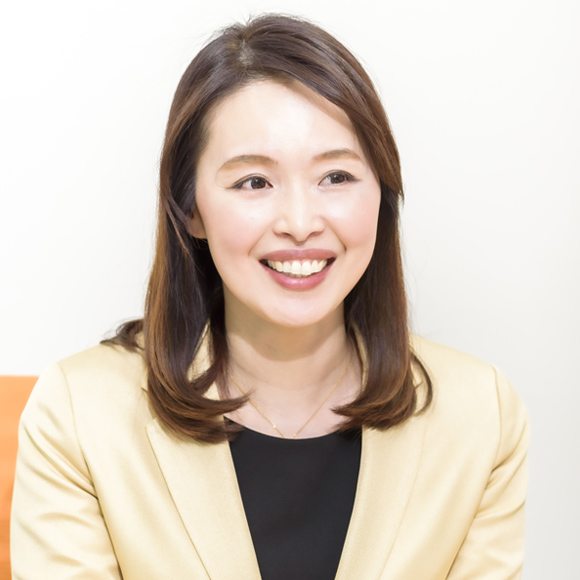
Senior Specialist
IT Strategy Planning Section
Business System
Strategy Department
What motivated you to take the SIAM™ professional course?
After taking the SIAM™ foundation course, I felt that SIAM™ could be a solution to the problems we are facing in our IT
service management. Murata has many global locations, in addition to that, we have many global suppliers and
vendors involved in our business. Speaking of the organization size, even one division is too large to be considered as
a single service provider. When we started the ITSM implementation by referring to ITIL®, many things did not work well
because of this type of environment. I then took the ePlugOne’s SIAM™ foundation course, and I became convinced
that we needed to adopt the approach to proceed our IT service management.
However, with only the foundation level of understanding, I think it would be difficult to adopt SIAM™ without getting
external support like consultants. Even with the external support, if you would like to discuss and make actions to move
to the SIAM™-based model on your own initiative, I believe that the understanding at professional level is necessary.
That is the reason why I wanted to take the SIAM™ professional training course.
On top of that, by getting certified, I thought that there is another benefit of making my advice more persuasive and gain
the trust of people both within and outside the company. For instance, when I found a problem with a certain approach,
this background would help others feel confident in accepting my opinions. SIAM™ professional certification will help
me to communicate with others by demonstrating the knowledge, that is another purpose of taking the professional course.
What is your impression about the training?
I thought it was an extremely practical training. What I liked about the course was, not just listening to the lectures, but analyzing a case study,
discussing the case with other training participants, and having the trainer share his insight and experiences. The case study was about a company
having many global locations, which is very similar to our organization. That gave me an opportunity to think how we could actually move to a SIAM™
model and what needs to be done by assuming that the case used in the training was our real case.
People usually face with difficulty quite often when deploying something globally, IT service management is the same. The SIAM™ based approach
focuses on establishing governance right at the initial stage by working together with stakeholders, and leverage this in the deployment process. I think
that is a good approach we should follow.
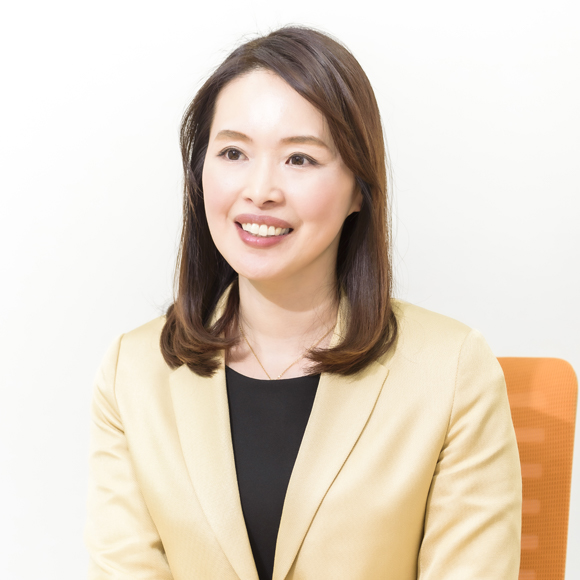
You also have an ITIL® Expert certification. What differences did you find between ITIL® and SIAM™? Also, do you see that SIAM™ is an enhancement of ITIL® that brings it up to date with the times?
I found that SIAM™ was a more practical approach, and could be used straightaway. ITIL® practice focuses on the processes, but does not mention organizational theory. Perhaps for that reason, I was not able to gain the knowledge on how we can create ITSM culture in our company without provoking resistance, and how we can drive improvement activities forward as an organization. I think many companies struggle in ITSM implementation at the stage where they try to deploy the tailored processes. Those organizations pursuing M&A or being fragmented in a large company are more likely to have this problem.
On the other hand, the significant percentage of SIAM™ focuses on how to integrate multiple isolated service providers
and drive the initiatives forward with effective governance in the whole organization. That is the major point of difference
between SIAM™ and ITIL®.
SIAM™ also provides quite specific methods of gaining an understanding or consent of stakeholders to move forward
together in the entire organization. With the SIAM™ professional level of knowledge, I think that any organization can
adopt the SIAM™ practice on their own initiatives, and SIAM™ can be beneficial in any field other than IT service
management.
Of course, there is no doubt that ITIL® is effective for individual processes. However, as we are increasingly moving
towards to multi-provider environment, SIAM™ practice will help us overcome the challenge which ITIL® by alone cannot
handle. I do think that SIAM™ is truly a body of knowledge to enhance ITIL®.
Where do you think the value and effectiveness of SIAM™ lie?
When referring to the Body of Knowledge, it says that the value of SIAM™ lies in ‘improved service quality’, ‘optimized costs and increased value’,
‘improved governance and control’, and ‘improved flexibility and pace’. For those organizations where multiple service providers exist both within and
outside of the organization, just like my company, I believe that two most effective areas would be ‘improved service quality’ and ‘improved governance
and control’.
As far as ‘improved service quality’, for example, if an organization is in the multi-provider environment and those providers operate their services
individually without enough coordination or cooperation with other providers, I think it is common to face a problem like “Who takes the leadership for an
incident involving multi-providers?” This situation will prevent from making progress of end-to-end service improvements. Additionally, even if the partial
service improvement was made, end-users cannot realize it.
Also, it is inevitable that the larger an organization becomes, the more difficult it is to have shared goals and move forward in the same direction. For
this point, ‘improved governance and control’ will be a very important aspect. From those perspectives, I think it is extremely effective to take an
initiative of adopting SIAM™, and that is where I believe the value lies.
By adopting SIAM™ into Murata’s business, what further development do you think it would make?
The idea behind SIAM™ is to completely separate the organization into three layers, ‘customer organization’, ‘service integrator’, and ‘service provider’,
then clarify the roles of each layer and focus on each role. I believe that Murata should adopt this concept and move forward with activities of reorganizing
the roles and fulfilling those responsibilities. This would create positive impacts such as preventing one person from being overloaded and
simplifying the processes avoiding it to become unnecessarily complex.
Also, we have started a new ITSM activity, ‘Process Forum’, for multiple service providers to discuss service improvements as one team. This ‘Process Forum’ gives us the advantage of focusing on improvement activities together with all the service providers involved by discussing and working on the
issues of end-to-end services with encouragement and advice from each other. I think the collaboration culture across the entire organization in our
company is being developed by this initiation.
In addition, as part of ITSM initiatives, Murata is planning to begin the full-scale deployment of standardized processes, which have been designed and
developed in complete optimization, to Japan and overseas next fiscal year. We have worked with many different stakeholders in the past, but we
expect to have more in the near future, so strengthening governance has become an urgent issue.By incorporating feedbacks from service integrators
and service providers into the strategies and policies, I hope we can evolve our ITSM more relevant to Murata’s business.
What impact do you think the concepts of service integrators and ecosystems described in SIAM™ model will have on the future IT environment in Japan?
As more companies shift to SIAM™, I think the skillset required for IT resources will change. Going by the trend of the times, many Japanese
companies are more likely to actively implement and utilize packaged products or cloud services such as PaaS and SaaS rather than developing the
systems in-house. As the utilization of external services increases, IT service management in a multiple service provider environment becomes an
unavoidable challenge. Then, if more companies turn into SIAM™ as a solution to the challenge, they will require different skillset of IT talents in each
layer – customer organization, service integrator, and service provider.
When all the layers focus on providing ‘the best service for customers’ based on SIAM™, the layer of customer organization will need people with core
capabilities such as strategy, governance and service portfolio rather than system development skills or operation experiences. At the same time, the
layer of service integrator or service provider will need people being capable of providing services from the perspective of ‘end-to-end service’ and
having collaboration skills with any different stakeholders rather than people with the skills of system development or operations for individual systems.
Ultimately, if we all succeed in developing such IT talents in Japan, the overall international competitiveness of Japanese companies should improve,
and I really hope it will happen.
What challenges and delights in growth will bring to yourself by moving to the next phase with SIAM™ in Murata’s ITSM?
As a result of working on IT service management in Murata using ITIL® as a reference over the past few years, the challenge we faced to move to the
next stage was the realization of ITSM in the multi-service provider environment. I am not directly involved in providing IT services in our organization,
but the mission given to me is to propose solutions to this challenge and provide support.
By incorporating the essence of SIAM™ into Murata’ s ITSM, I hope to see the achievement of true end-to-end service quality improvements, and I
believe we can. It is certainly not an easy mission, but supporting members facing challenges, making better work environment for them, and being
involved in the evolution of ITSM at Murata itself has been very rewarding to me.
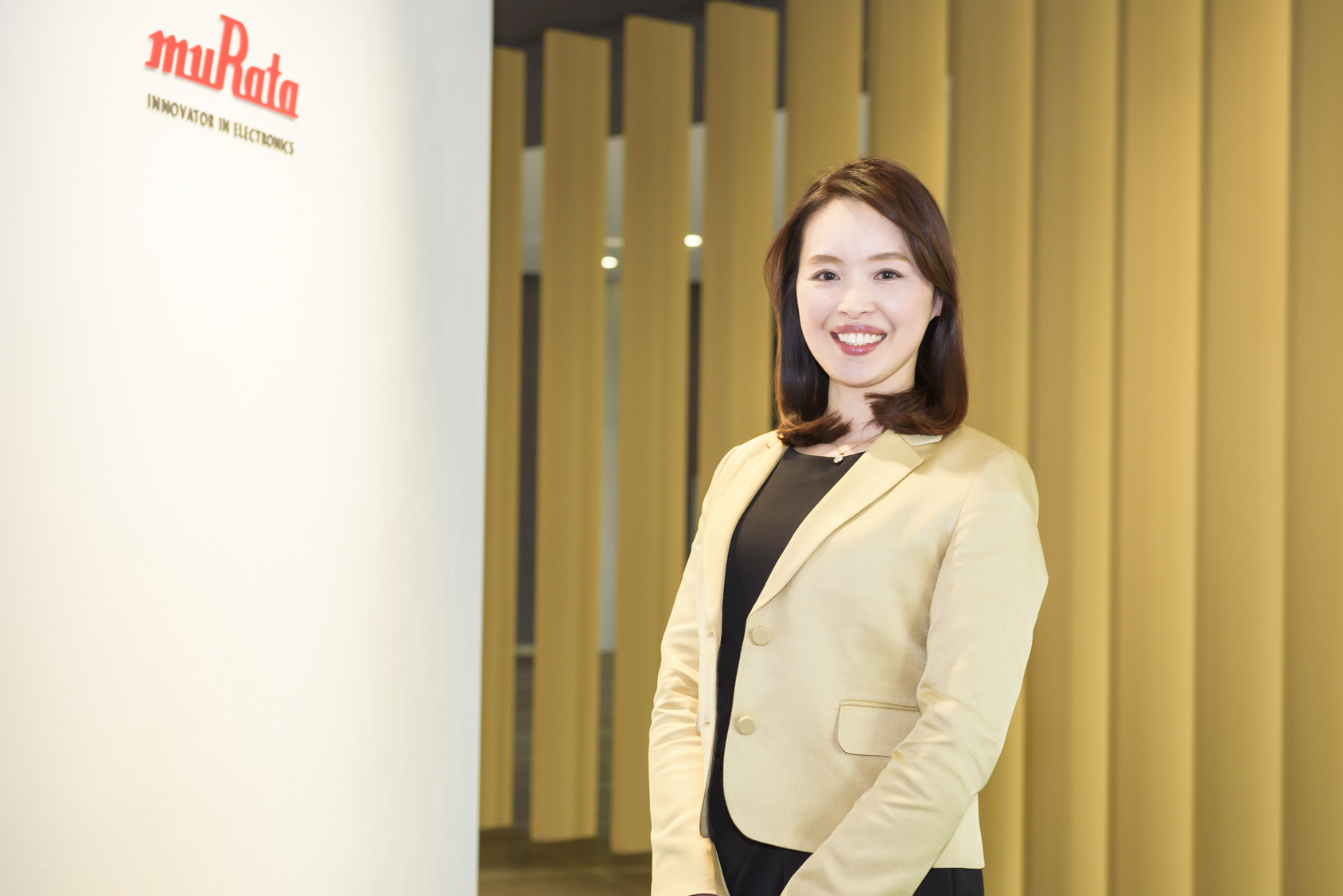
Thank you for your cooperation
This interview was conducted with…
Murata is a worldwide leader in electronic component manufacturing, contributing to the advancement of electronics society by creating innovative technologies and solutions, under the slogan of ‘Innovator in Electronics’. Murata has built an integrated production system from raw materials to finished products on a global scale and is leading the trend in the electronics industry with miniaturization, high performance, and thinness. In 2020, the company won the Prime Minister Award at the 49th Japanese Industry Technology Award, the highest accolade, for its ‘High-Density Miniature Solid-State Oxide Battery’.

